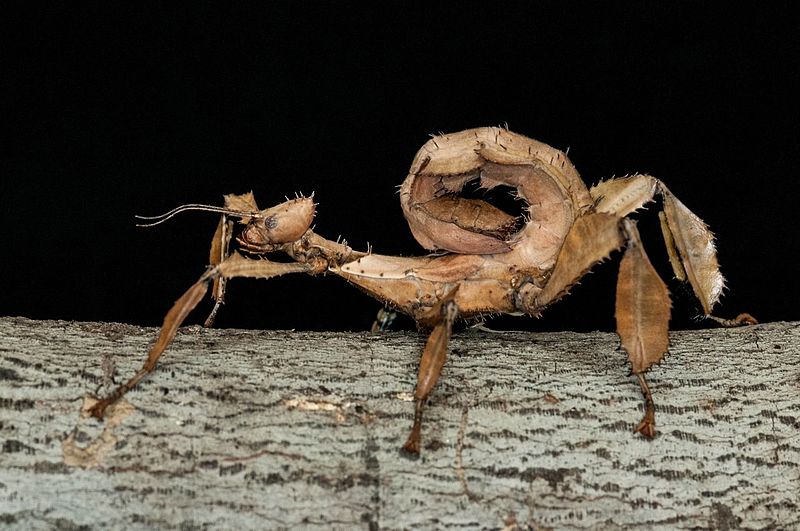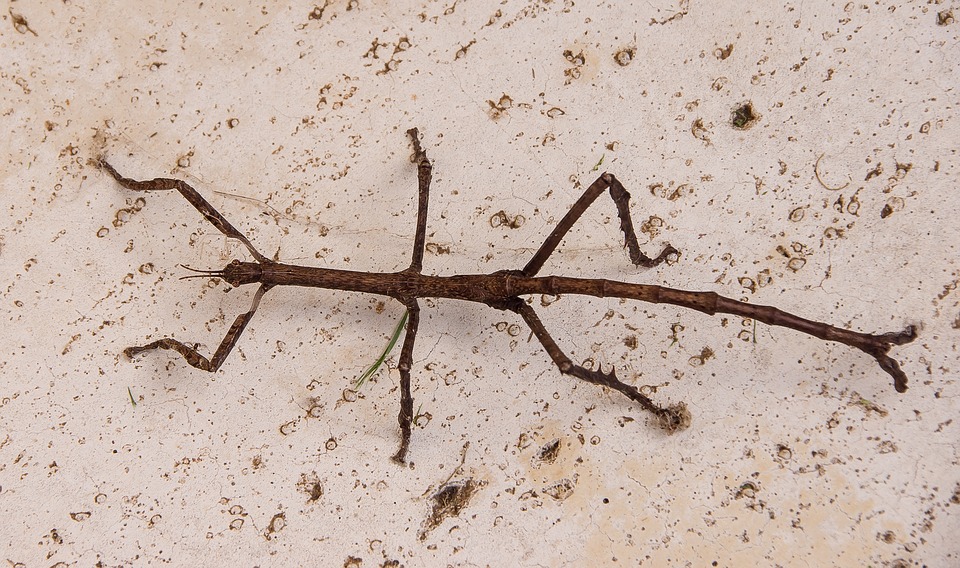
Although you don’t come across walking sticks often in Las Vegas and Henderson, our pest professionals have spotted the insect on valley trees and shrubs. Stick insects are so named for their effective camouflage among the woody plants where they feed. They’re typically brown, black, or green, with stick-shaped bodies that help them blend in as they perch on twigs and branches. Some even wear lichen-like markings to make their disguise more authentic. Stick insects imitate twigs swaying in the wind by rocking back and forth as they move.
Almost all stick insects have a body that is not exclusively designed for movement or efficiency, but also designed for camouflage. Their body and legs are elongated and some, like the australian walking stick have projections on their legs and body to mimic leaves or other natural occurring material.
Stick insects can shed and regenerate their limbs to escape attacks by predators.
Stick insects can shed and regenerate their limbs. Should a bird or other predator grab hold of a stick insect’s leg, it can still make an easy escape. The stick insect simply gives up the leg, using a special muscle to break it off at a weak joint. Juvenile stick insects will regenerate the missing limb the next time they molt.
Stick insects don’t bite, but they aren’t defenseless.

If threatened, a stick insect will use whatever means necessary to thwart its attacker. Some will regurgitate a nasty substance that will put a bad taste in a hungry predator’s mouth. Others reflex bleed, oozing a foul-smelling hemolymph from joints in their body. Some of the large, tropical stick insects may use their leg spines, which help them climb, to inflict some pain on an enemy. Stick insects may even direct a chemical spray, much like tear gas, at the offender.
Resource: Debbie Hadley / About.com
